How to Teach a Baby to Self-Soothe
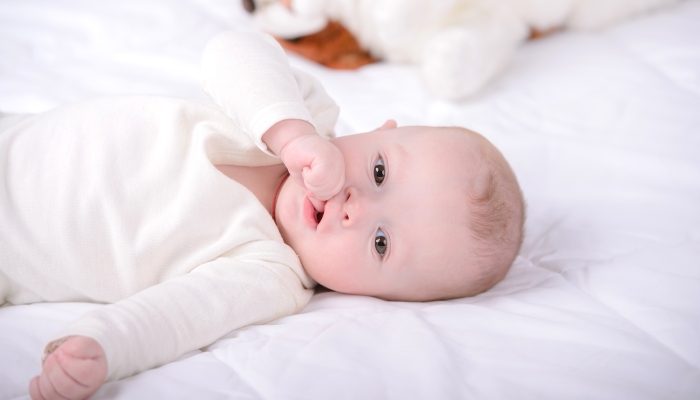
- Self-soothing is a baby’s ability to regulate their own emotions without the help of a parent.
- If a baby learns to self-soothe naturally when falling asleep, they’ll also be able to put themselves back to sleep if they wake during the night.
- Babies learn to self-soothe when they have a consistent bedtime routine that allows them to practice this skill.
With my first baby, I was determined to create a healthy bond through constant affection and physical touch. This led to many nights rocking her to sleep and breastfeeding on demand. Though I have so many sweet memories of those times, I also remember how physically draining and exhausting it was.
My daughter quickly became reliant on me to help her fall asleep. My days were full of contact napping, breastfeeding, and rocking to sleep, with little time left to relax at the end of the day. It wasn’t until I turned to sleep training for naps and nighttime sleep that I found relief.
It turns out that the skill my daughter was missing was something called self-soothing. In order for a baby to fall asleep and stay asleep on their own, having this ability is crucial.
If you’ve found yourself with a baby who won’t sleep in their crib or an infant who wakes through the night wanting to be breastfed back to sleep, it might be time to teach self-soothing skills. Changing your child’s bedtime routine and adding some of the suggestions below might be just what you need. You’ll find that creating healthy sleep habits will lead to better sleep for all.
Ready to get started? We’ll show you how to teach a baby to self-soothe in a few easy steps.
What Is Self-Soothing?
Self-soothing is a baby’s ability to regulate their own emotions without the help of a parent. As children get older, self-soothing helps them to manage sadness, anger, jealousy, and other strong feelings. As adults, we often turn to self-soothing methods such as taking long walks, praying, or listening to calming music.
When a baby falls asleep with self-soothing methods, they learn to regulate their emotions and calm down without help from an adult. This ability may take time to develop.
A 2005 study published in The Journal of Child Psychology and Psychiatry, titled “Nighttime sleep-wake patterns and self-soothing from birth to one year of age,” conducted by Melissa M. Burnham, Beth L. Goodlin-Jones, Erika E. Gaylor, and Thomas F. Anders, found that babies who had significantly stronger self-soothing skills at 12 months than other babies their age had “decreasing amounts of time spent out of crib across the first year, high levels of quiet sleep at birth, and longer parental response times to infant awakenings at 3 months.”
It’s essential to look at self-soothing as a long-term goal and not count on immediate results.
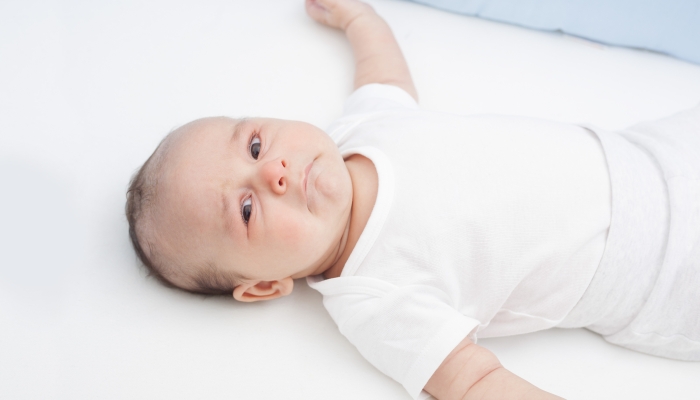
What are Self-Soothing Behaviors in Babies?
When you let your infant sleep on their own, you might notice they develop certain habits. These are likely self-soothing behaviors. Babies self-soothe in a variety of ways, including:
- Sucking on a thumb or finger
- Sucking on a pacifier
- Singing or talking
- Rubbing tags or blanket edges between their fingers
- Cuddling stuffed animals or baby loveys
- Playing with their hair
- Rocking their body or legs
Why Is Self-Soothing Important in Babies?
Self-soothing is important because it helps babies sleep independently. If a baby learns to self-soothe naturally when falling asleep, they’ll also be able to put themselves back to sleep if they wake during the night.
This isn’t the only benefit of learning to self-soothe. Self-soothing is an important life skill that’s a crucial part of a baby’s development. As a child grows, they will use self-soothing in various situations that require taking a step back to calm down.
What Happens if a Baby Doesn’t Learn to Self-Soothe?
If a baby does not learn to self-soothe, it will require much effort on the parent’s part. These babies often need nursing, rocking, patting, or bouncing to fall asleep. Parents won’t be able to lie them down in the crib and walk away.
Do Babies Learn to Self-Soothe on Their Own?
Yes, babies can learn to self-soothe on their own. However, this is not usually the most pleasant experience for both baby and parent. Sleep training methods like cry it out for naps and nighttime sleep allow a baby to learn to self-soothe completely on their own.
Some parents opt for more gentle methods that encourage parents to model soothing techniques and slowly teach the baby.
How Do Babies Learn to Soothe Themselves?
Babies learn to self-soothe when they have a consistent bedtime routine that allows them to practice this skill. When falling asleep in their own crib without an adult, most babies learn to develop their own sleep routine. This might include thumb-sucking or rubbing their blanket.
How Can You Tell If a Baby Can Self-Soothe?
If a baby is able to self-soothe, you will notice shorter periods of crying. Initially, your baby might cry for longer periods and need your help calming down. As your baby begins to develop self-soothing skills, they might only fuss when you leave the room but quickly calm down on their own.
When you check in your baby’s crib and notice they are sucking their thumb or showing self-soothing behaviors, you’ll know they are able to self-soothe. They might repeat the same behaviors for every nap or nighttime sleep.
When Can Babies Learn to Self-Soothe?
Babies should not be left to self-soothe on their own until around 3 months of age. They don’t have the ability to regulate their emotions before then. This skill won’t develop until later in life and is a gradual process.
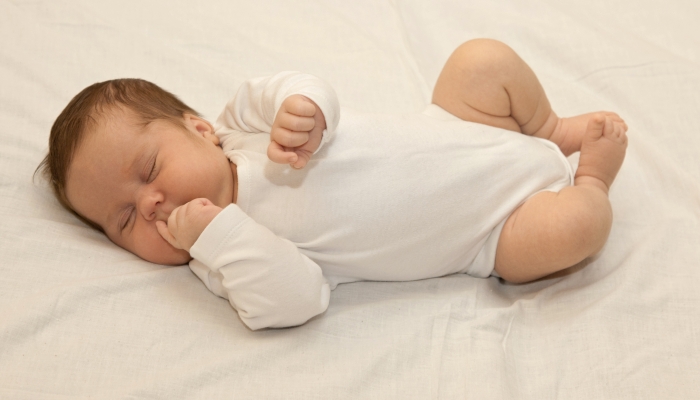
How to Teach a Baby to Self-Soothe
The main goal of teaching your baby to self-soothe is to help your baby calm down and gain the skills needed for self-control. Just like a child needs help learning to tie their shoes, your baby will likely need help learning to regulate their emotions.
Thankfully, this doesn’t have to be a lengthy process. With these easy steps, you can get your baby started on the path to self-soothing:
Make sure your baby’s needs are met.
Before you begin to teach your baby to self-soothe, you need to make sure their needs are met. A baby who is hungry, over-stimulated, in pain, or in a dirty diaper will not be able to self-soothe. Giving immediate attention to these needs will allow you to focus on teaching self-regulation without worry.
Create a calm sleep environment.
Try using white noise in your baby’s room to create a calm atmosphere. Some parents will play soft instrumental music or lullabies as well. If you have a diffuser, you can add calming essential oils to create a familiar, relaxing scent.
Use a pacifier or lovey.
Some parents like to avoid pacifiers so they don’t have to figure out how to get their baby to sleep without a pacifier later on. However, according to the National Institutes of Child Health and Human Development, pacifiers actually help reduce the risk of sudden infant death syndrome (SIDS) in formula-fed babies. On top of that, they make great self-soothing aids for babies since they mimic sucking on the breast.
A lovey or soft blanket can comfort a baby who might be anxious when mom and dad leave the room. However, babies under a year should never sleep with extra stuffed animals, blankets, pillows, and other items in their cribs. Parents can use a baby monitor and remove the lovey, blanket, or soft toy immediately after the baby falls asleep to ensure they are safe.
Put your baby to sleep drowsy but not asleep.
In order for your baby to learn to self-soothe, they need practice. Try putting baby down before they fall asleep. This will allow them to develop their own sleep routine.
If you notice that your baby fell asleep while feeding, gently wake them up before laying them down. Putting your baby in bed drowsy will keep them from developing the habit of needing your assistance to fall asleep.
Try sleep training methods.
Deciding to sleep train your baby might feel overwhelming. There are many gentle sleep training methods that will help your baby sleep soundly without your help.
Fading sleep training is one method that encourages parents to soothe their babies when they cry. In this method, the parent enters the room with timed check-ins until the baby falls asleep. When the parent checks on the baby, they can pat or soothe their baby while the baby stays in their crib.
Some other sleep training methods include:
- Cry-it-Out Sleep Training
- Pick Up Put Down Method
- Moms on Call Sleep Training
- Ferber Method
- Chair Method Sleep Training
If you find that sleep training is not working with your little one, remember to be patient. Older babies might resist change to their routine more than others.
FAQs
Can babies learn to fall asleep on their own without sleep training?
Babies can learn to fall asleep on their own without formal sleep training. Though you will likely end up using parts and pieces of sleep training methods without knowing it. You know your baby best and might end up finding an alternative solution that works for you.
Babies might also grow out of the need for assistance while falling asleep. This isn’t usually the case, as babies thrive on routine. Yet, there are babies who wake up one day no longer wanting to be held, rocked, or nursed to sleep.
How long will it take to teach my baby to self-soothe?
Some babies learn to self-soothe in as little as a few weeks. Other babies may take much longer. If your baby is older and has been sleeping with you, nursing to sleep, or other methods that require your presence, expect the process to take longer.
The important thing to remember is not to get discouraged. Habits aren’t created overnight and they certainly won’t be broken overnight either.
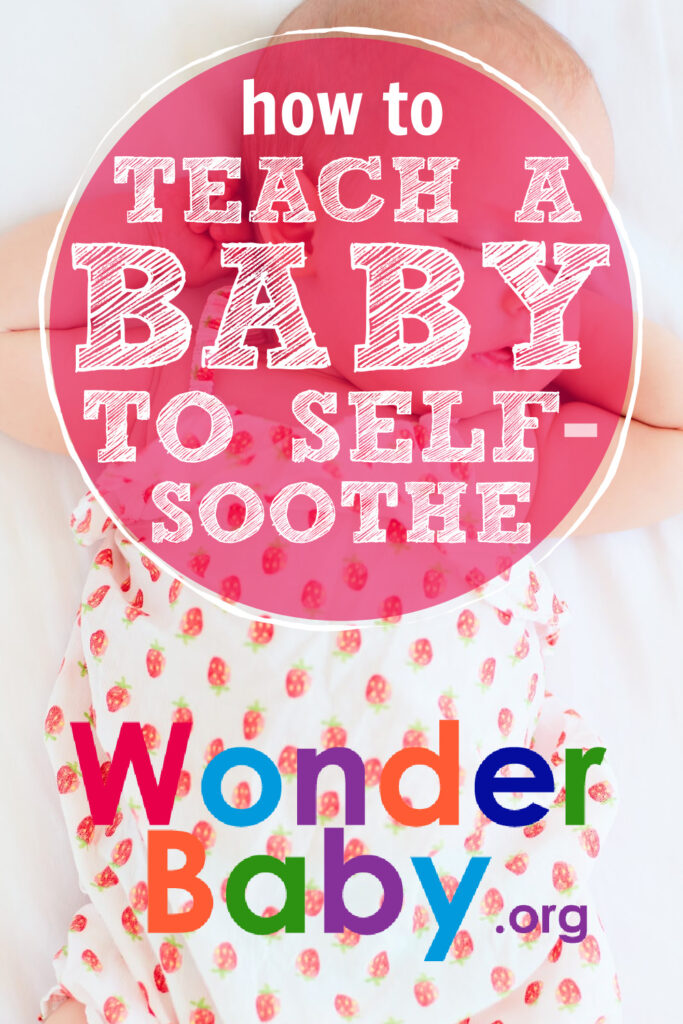
Related Posts
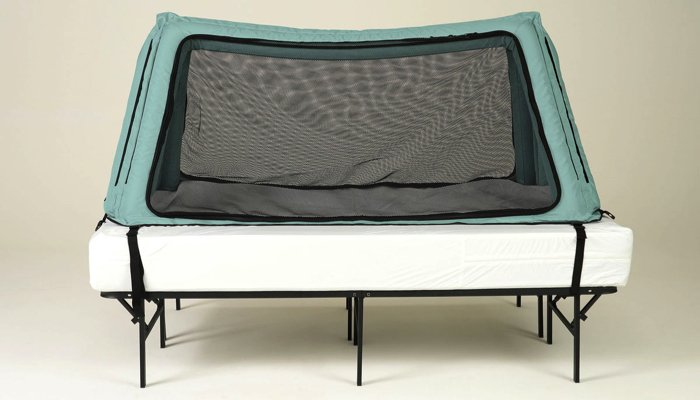
Sleep, Special Needs
Safe Place Bedding Travel Bed Review
Traveling with a special needs child can be stressful! Having a safe, durable, and easy to use travel bed can make traveling so much easier!
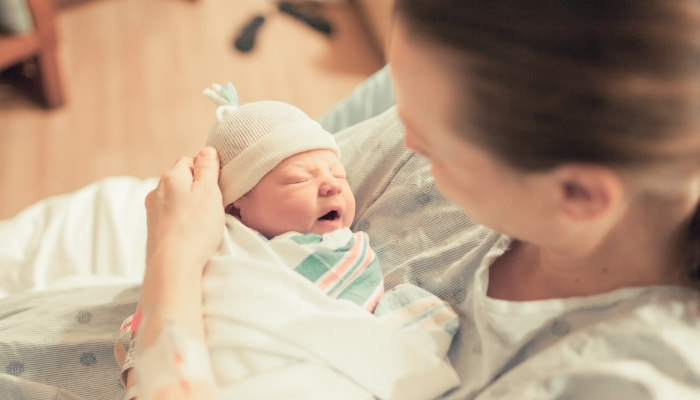
Sleep, Special Needs
Sleep Regimen for Premature Babies: Special Considerations
It can take premature babies much longer than their full-term peers to sleep for long stretches. A preemie sleep schedule may encourage better sleep.
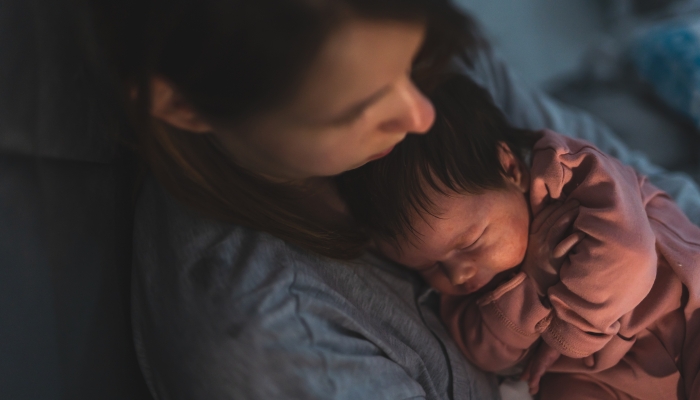
Sleep
Mastering the Bedtime Routine: 3 Tips for a Peaceful Night’s Sleep
From around six weeks, a newborn bedtime routine can help your baby learn the difference between day and night and prepare for a restful night’s sleep.